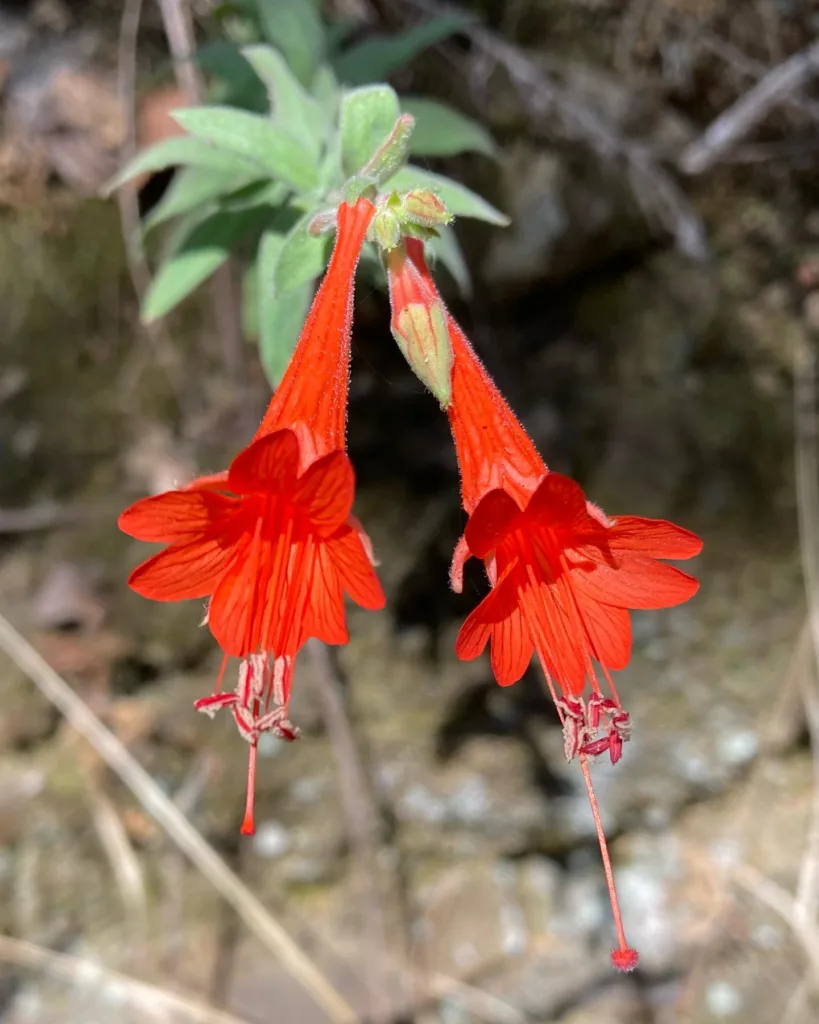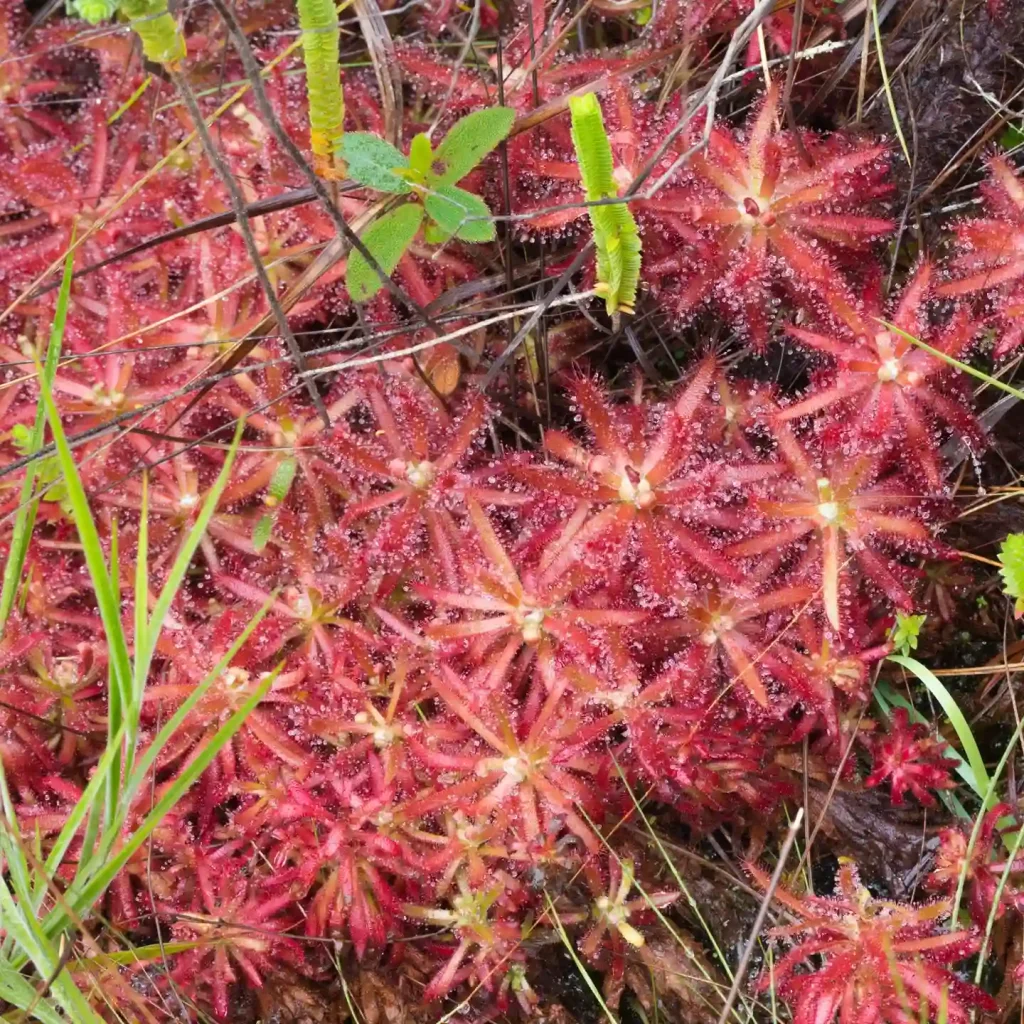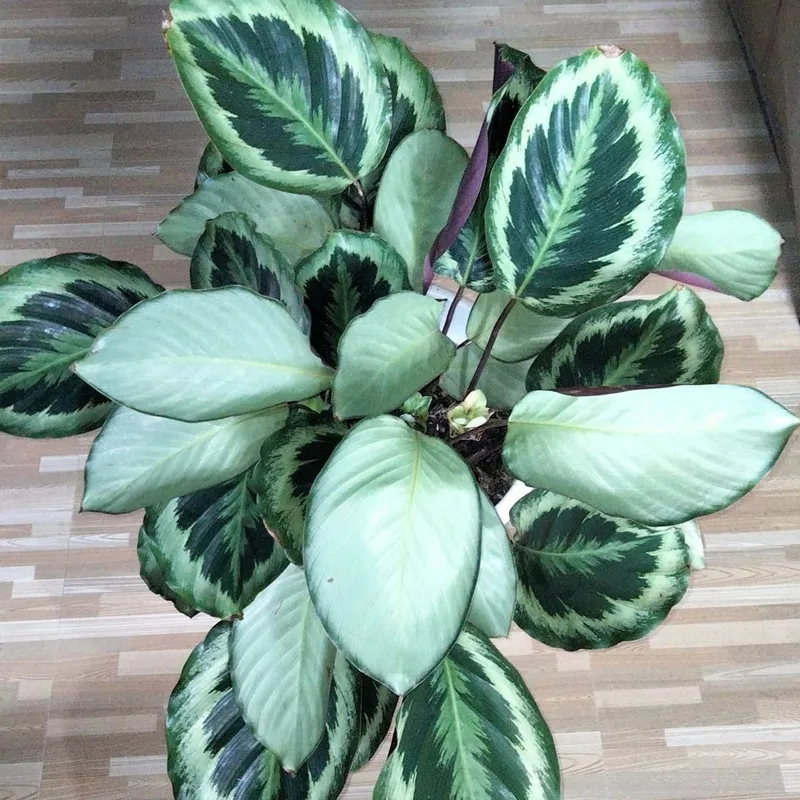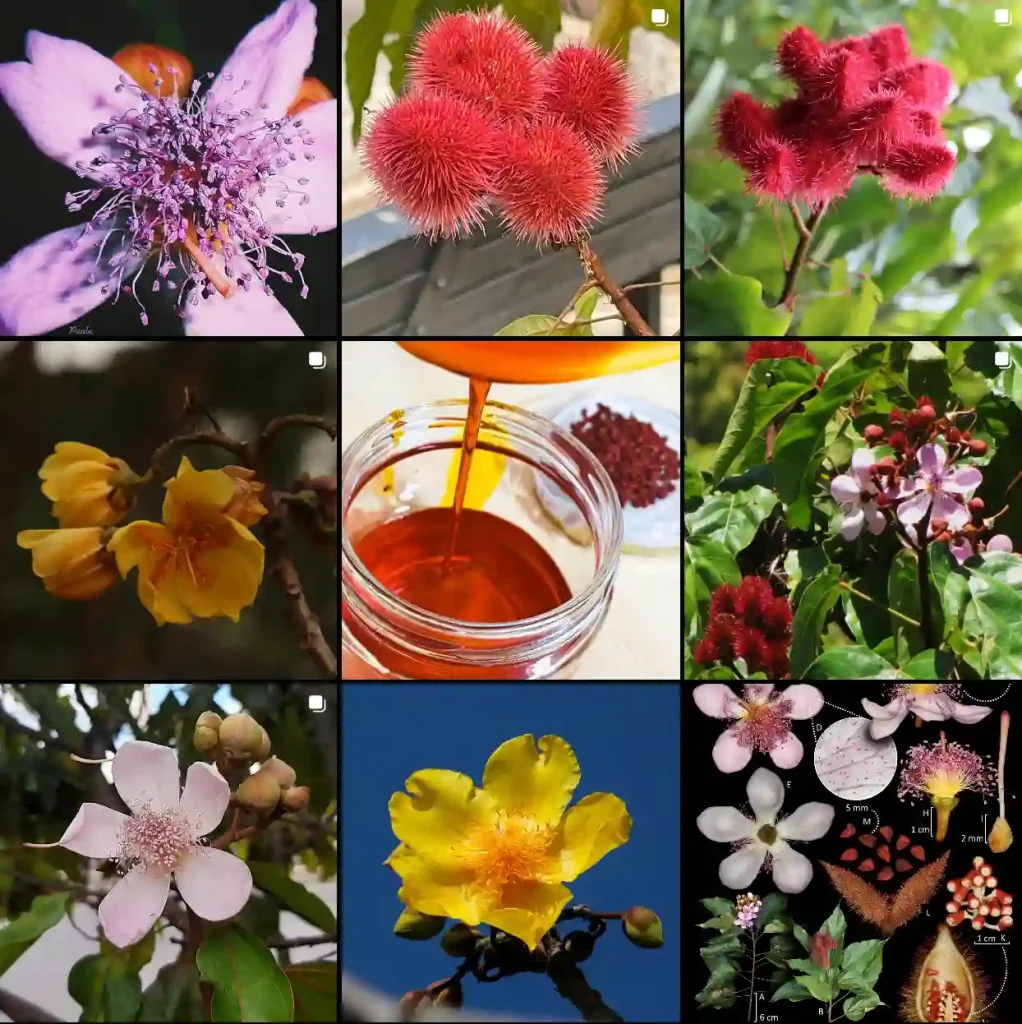Exploring the Unique Family Setchellanthaceae: My Encounter with Setchellanthus caeruleus
As a plant enthusiast with a fascination for rare plant, I’ve found myself drawn to the intriguing and lesser-known Setchellanthaceae family. This family is a botanical enigma, with just one genus, Setchellanthus, and one species, Setchellanthus caeruleus. Its uniqueness, stunning blooms, and ecological significance make it a captivating subject for any plant lover. Here, I’ll share my experience and observations about this remarkable family.
Discovering the Singular Setchellanthus caeruleus
I first learned about Setchellanthus caeruleus during a trip to Mexico, where this plant is native. It thrives in arid and semi-arid regions, blending seamlessly into the xerophytic landscape. Known commonly as the “Blue Waxflower,” its vibrant cobalt-blue blooms stand out against the dusty hues of its surroundings.
What struck me initially was how unassuming yet resilient this plant is. Despite being the only representative of its family, S. caeruleus thrives in harsh conditions, proving its adaptability and evolutionary success.
Morphological Marvels of Setchellanthus caeruleus
Setchellanthus caeruleus is a shrub, typically growing up to 2 meters tall. Its leathery leaves are arranged alternately, offering a stark contrast to its striking blue flowers. These flowers are truly the centerpiece, with six petals that radiate a deep, almost otherworldly blue hue.
The plant’s reproductive structures are equally fascinating. The stamens are arranged in a way that showcases its basal angiosperm lineage, hinting at ancient evolutionary ties. Observing these details made me appreciate how this single species encapsulates millions of years of botanical history.
Habitat and Ecological Role
During my visit, I found S. caeruleus growing in calcareous soils, often alongside cacti and other drought-tolerant species. This plant plays a subtle yet vital role in its ecosystem. Its flowers attract pollinators such as bees and butterflies, while its dense foliage provides shade and shelter for smaller organisms.
Its survival strategy lies in its xerophytic adaptations. The waxy coating on its leaves minimizes water loss, and its deep root system allows it to access moisture buried deep underground. This resilience is a testament to nature’s ingenuity.
Conservation Challenges and Efforts
While Setchellanthus caeruleus is not currently listed as endangered, its limited distribution makes it vulnerable to habitat destruction and climate change. Agricultural expansion and urbanization in its native range pose significant threats.
During my research, I encountered local conservationists who are passionate about preserving this species. Their efforts include educating communities about its ecological importance and advocating for habitat protection. Supporting these initiatives is vital to ensuring this unique species continues to flourish.
A Lesson in Botanical Rarity
Encountering Setchellanthus caeruleus has deepened my appreciation for the diversity of life and the importance of preserving rare species. It’s humbling to think that an entire family’s legacy rests on a single species. For me, this plant symbolizes resilience and the interconnectedness of all life.
My journey with Setchellanthus caeruleus isn’t just about marveling at its beauty. It’s also a reminder of our responsibility to protect the natural world. The Blue Waxflower might be a small piece of the puzzle, but it plays an irreplaceable role in its ecosystem—a role we must ensure it can continue to fulfill.
The Takeaway
The Setchellanthaceae family, represented solely by Setchellanthus caeruleus, is a botanical treasure. From its striking blue flowers to its ecological significance, it offers a glimpse into the intricate and delicate balance of nature. As a plant lover, I’m grateful for the opportunity to explore and understand its story. For anyone fascinated by the rare and unique, Setchellanthus caeruleus is a species worth knowing—and protecting.
By sharing my experience, I hope to inspire others to learn more about such extraordinary plants and join efforts to preserve them for generations to come. After all, every plant, no matter how rare or small, contributes to the vibrant tapestry of life on Earth.
If i die, water my plants!



